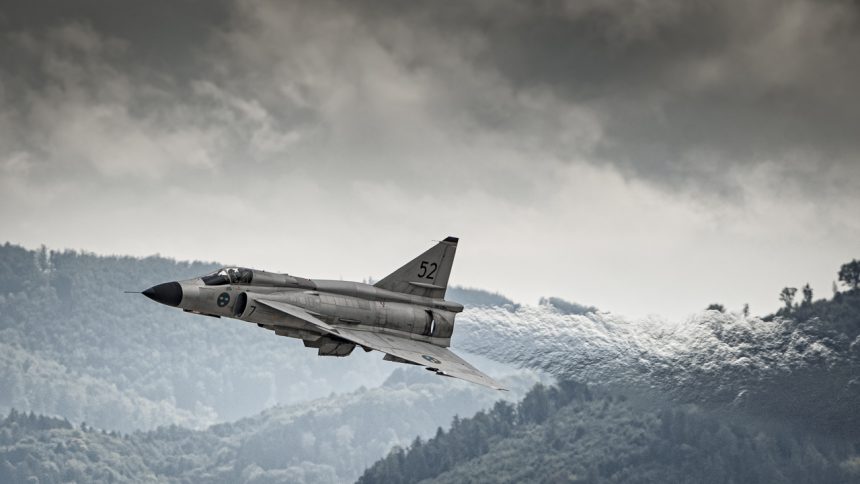Ostrava Show Brought Things Closer to Pre-COVID Normal.
Last weekend (Sep. 17 – 19) we attended the NATO Days event in Ostrava. It seems that after a year of pandemic, the air show audience community may have some hope that things would get back to normal. And the Ostrava show has been proof of that. There were several interesting highlights and, although the NATO Days is an event that focuses on defense and security in general, we will put the spotlight on the aviation domain.
First, comes the static display.
This year it featured two premieres that are marking the direction of future development of military aviation. The first one was the MQ-9 Reaper drone. As, Zbyněk Pavlačík, the Chairman of the Jagello 2000 foundation, standing behind the show in Ostrava said: “The MQ-9 Reaper drone is the imaginary icing on the cake of this year’s NATO Days. Its participation is also possible thanks to the ongoing Ample Strike exercise, in which Reaper is involved. This is a unique matter, but it is necessary to consider that due to logistical demands on Sunday noon will start preparation for Monday’s departure in a C-5 aircraft.”
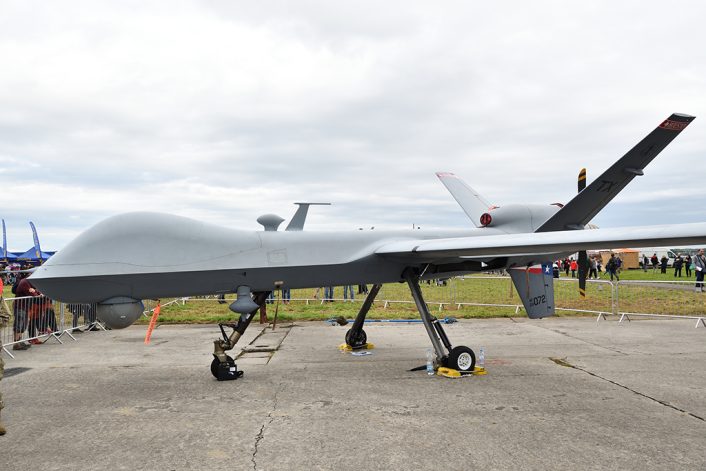
The drone was presented in the static display, alongside the aforesaid C-5. Even though the drone could have been witnessed in the media over the years – for instance during the military operations in Iraq or Afghanistan – air show appearances have been somewhat rare. The NATO Days organizers claim that it has been the first appearance that the Reaper has made in mainland Europe (previously it had also attended RIAT).
Another highlight of the static display was the Italian Air Force F-35A. Somewhat common is what can be said about both the Reape and the F-35: these aircraft (UAVs and the F-35) are becoming more and more proliferated, and what seems unusual now is bound to become a new normal in the future.
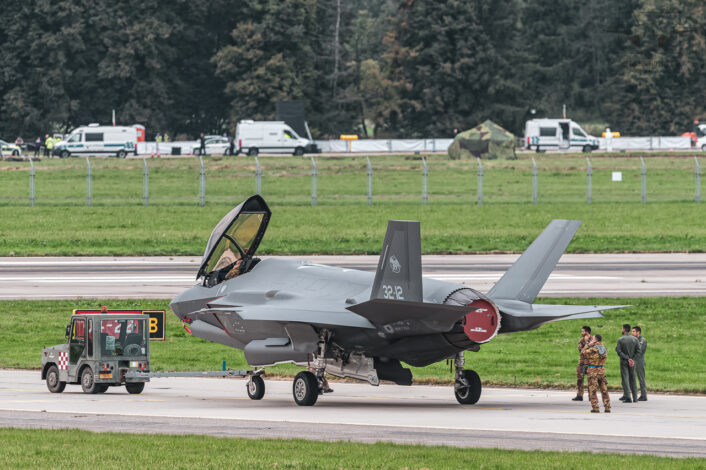
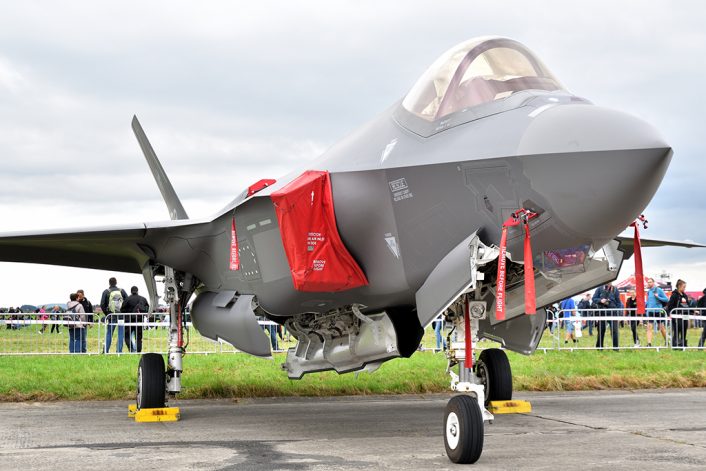
The static display also featured helicopters that are to be procured by the Czech Republic – Bell’s Venom/Super Cobra combo. These aircraft have become Ostrava show’s regulars, for a few years now. A Czech Mi-35 wearing a special color scheme was also showcased in the static display!
Until the arrival of the 5th generation aircraft, the European air forces used to operate a broad range of aircraft: F/A-18s, F-16s, Mirages, F-4s and so on. This contributed to the spice and variety at large international air shows, such as RIAT, Radom Air Show in Poland, NATO Days in Ostrava, or ILA Berlin. These days, it seems that, given the broad proliferation of the F-35, the era of aviation events gathering many different, colourful type is quickly becoming a thing of the past. The only solution that could be potentially adopted here is the drive to bring back the historical aircraft to the flight line – such as the Norwegian F-104 or the Viggen. And the latter roared in the sky over the Leoš Janáček Airport in Ostrava this year.
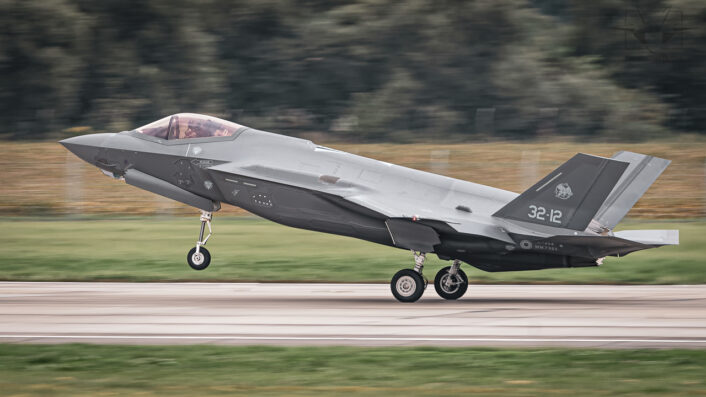
When it comes to the Ostravian F-35’s presence, it was said by the commander of the Czech Air Force, that the service very much appreciates the fact that the Czech event has been selected as the place for its Central-European military air show debut. It “proves the prestige of this event”, said Major General Petr Mikulenka, Commander of the Czech Air Force. Zbyněk Pavlačík also said that the organizers strived to “arrange the fly-over of Italian F-35 aircraft for last year’s NATO Days when they were relocating to Iceland Air Policing at the time of the event, but unfortunately we did not succeed due to the need for additional refueling. Our event will still be the third place in the nearby region where these aircraft will be presented – after the Berlin ILA in 2018 and Zeltweg in 2019″. Notably, this year Lockheed Martin partnered with the event and the Italian Air Force also brought its AW139 to Mošnov Airport.
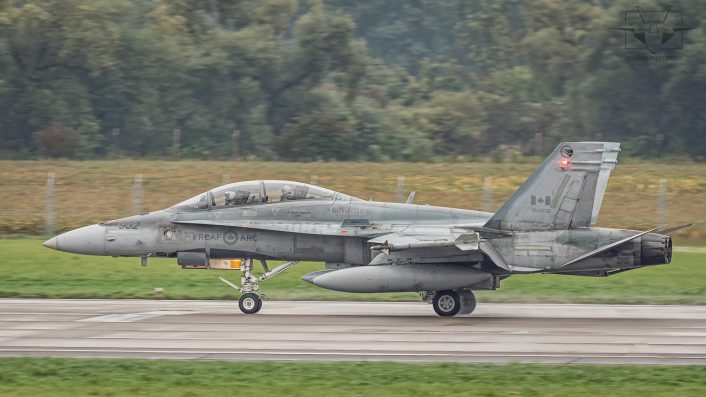
In the air, the debut of the new L-39NG trainer aircraft, developed by the Czech Aero Vodochody company, captured the attendees attention. The pilots who performed during the show – Vladimír Továrek and Vytautas Požela – received display certification just a few weeks before NATO Days. The aircraft presented throughout its full envelope, really shone on Sunday when the sun came out and illuminated the airframe beautifully. Notably, the L-39NG was presented in the static display two years ago.
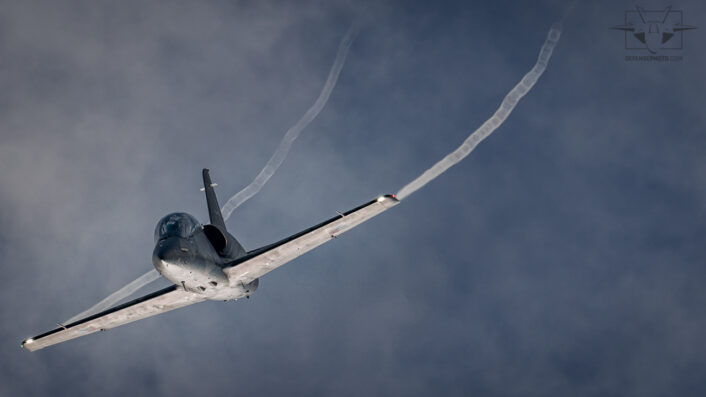
Speaking of fourth-generation aircraft, worth of mentions are the two F-16 acts – by the Turkish (Solo Turk) and Hellenic Air Force (Zeus). We could come to a conclusion that these two were a competition, or a get-together of conflicted NATO allies. The Viper is always a spectacular sight to see, and both display routines are incredible. However, if the author was to indicate a preference of his own, he would need to say that the Turkish display is more entertaining.
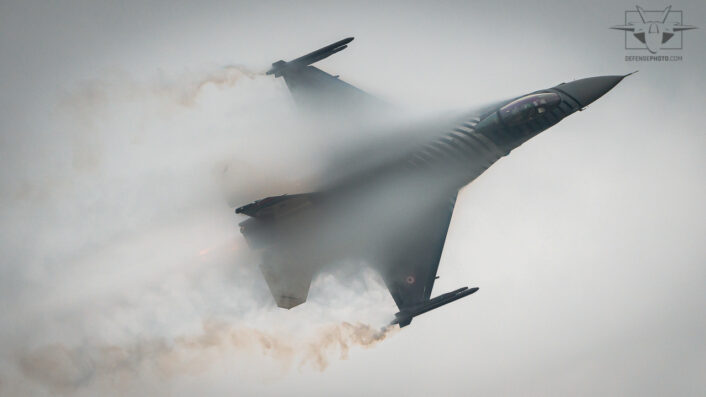
Another interesting highlight was related to the fact that this year’s edition of NATO Days was organized with Sweden acting as the special partner nation. The Swedish aircraft on dynamic display included the famous Swedish Air Force Historic Flight’s inventory – J32 Lansen, SK35C Draken, AJS37 Viggen, as well as JAS 39 Gripens flown by all of the European users (Sweden, Hungary, Czech Republic). Saab also partnered up with Jagello 2000. Here we can go back and revisit our remark on the historical aircraft participation – the Swedish Air Force Historic Flight, without any doubt, does this right, presenting the aeronautical thought behind the Swedish Cold War jets in all of its glory.
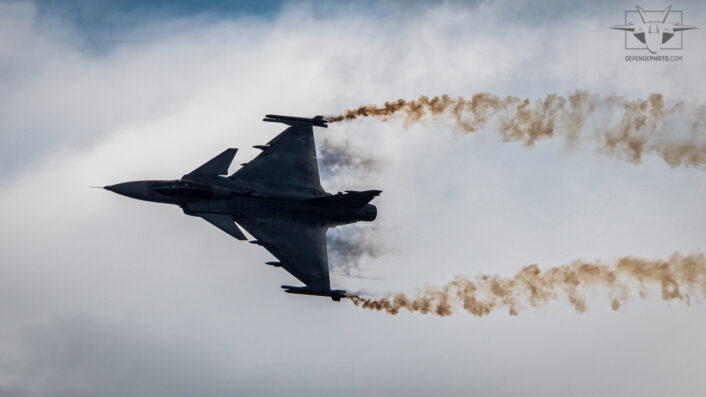
The Swedish displays do highlight the special capabilities of the individual designs – for instance, the Viggen’s routine includes an act where the aircraft lands on the runway, uses its thrust reverser to go backward, and then it takes off in the opposite direction – a rare, and unique sight that is not a common element of any air show routine. Notably: the announcements that had been made before the show were mentioning the Saab J29 Tunnan to participate in the display schedule. The ‘flying barrel’, as the Swedes call it, did not make it to Ostrava, and SwAFHF displayed the Lansen instead.
A-109 Solo Display Team Razzle Blades was one of the rotary-wing highlights of the show, presenting an interesting display program, with a lot of flares. It seems, especially after the Gdynia Aerobaltic and Leszno Antidotum shows this year, that the European forces have refined their helicopter displays at the air shows. Or it could be that helicopter acts are becoming more common. The other helicopter teams that we have witnessed in Ostrava were the Czech Mi-35/Mi-171 demo (that also performed in Gdynia), and the Czech W-3 Sokol MEDEVAC demo (also – we’ve seen it in Gdynia), both being top class acts. The helicopters were also represented by the Swiss Super Puma Display team, with its signature, massive flares drop that left everybody in awe, and was, undoubtedly, a highlight that lot of the aviation photographers attending the show were waiting for. Finally, the Slovak Air Force also demonstrated its newly acquired UH-60M Black Hawk in what was quite an engaging, and interesting display.
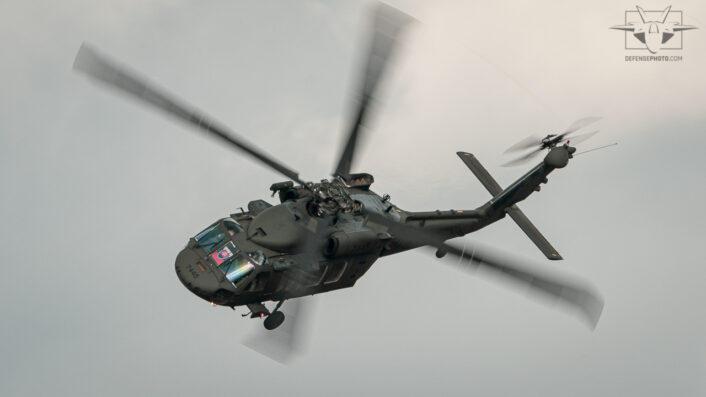
On Sunday, all of the helicopters taking part in the show performed a joint flypast, closing the weekend program.
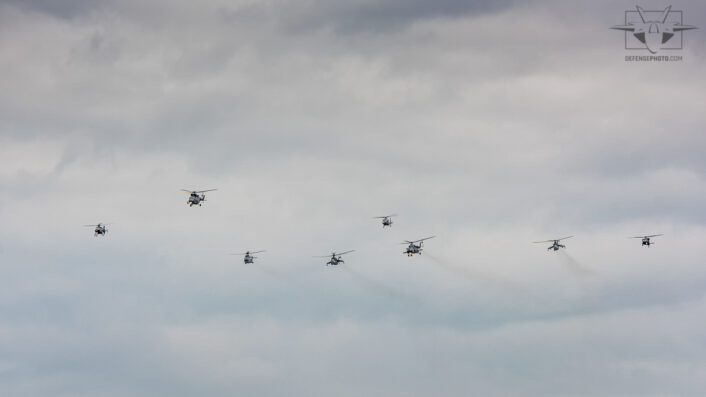
NATO Days event is organized jointly with the Czech Air Force Days. This meant the local hosts were also represented quite broadly. Apart from the L-39NG and the helicopter displays, another interesting highlight was the CAS demo flown by the two-ship formation of L-159 ALCAs of the Czech 21st Tactical Air Force Base. One of the jets participating was wearing the standard, gray camo, while the other wore a special, spectacular green pixelated special paint scheme. A great sight to behold.
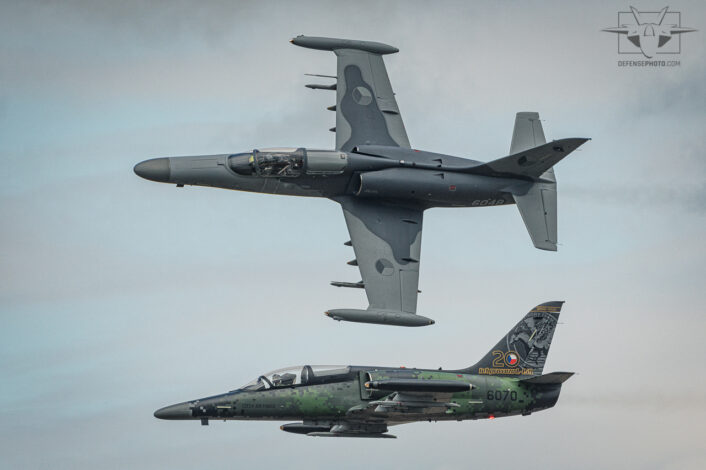
The Luftwaffe, meanwhile, brought in the heavy metal, with its A400M demo display. The aircraft is very spectacular, with its four mighty engines and incredible performance. The aircraft, despite its massive appearance and heaviness, is nimble and agile. It also exhibits good short-field performance – all of which was shown during the weekend displays.
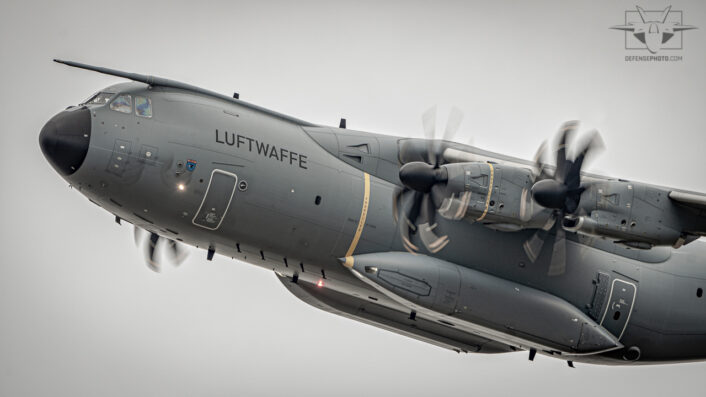
Another highlight came in a form of the C-47 Dakota of the Battle of Britain memorial flight. The aircraft wore the Normandy invasion stripes on its wings. Lastly, the Slovenian PC-9 display pilot performed a well-executed demo, showcasing great agility and aircraft handling, during its routine.

There were also some surprises during the event. On Sunday the audience could witness a joint jump of Czech and Israeli paratroopers from a Czech CASA transport aircraft. The jump involved instructors of airborne training of ACR units and paratroopers of the Israeli Defense Forces.
Another two surprises were the Austrian Eurofighter’s and Slovak MiG-29s appearances – the aircraft, despite being announced as a flypast in the display program, performed a modest show of their agility. Given the harsh weather, these routines also entailed interesting vapor effects – since we experienced high humidity and intermittent rain during the weekend.
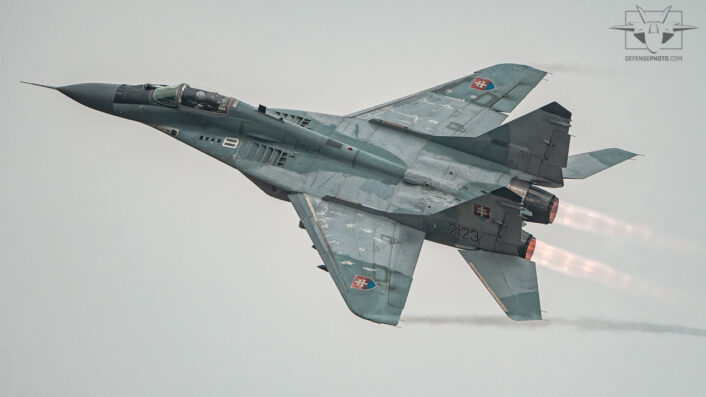
Overall, after the Ostrava Show, we can conclude that the air show scene in Europe is slowly and gradually coming back to normal, following the COVID-19 pandemic. Although we cannot be sure whether the 2022 air show season will be closer to what we consider normal, we do have our fingers crossed for that to happen. Also, eastern European air shows are becoming more and more attractive year after year. Hopefully, they will ultimately gain a greater footprint, in the European, and global, airshow calendar, so that they can compete on par with bigger events, such as RIAT (Royal International Air Tattoo).
The NATO Days event steps beyond what’s perceived as a traditional airshow (with some attention paid to the land forces, and military matters in general), nonetheless, the air displays associated with the Ostrava show alone make it a worthwhile destination for any avid military aviation fanatic.
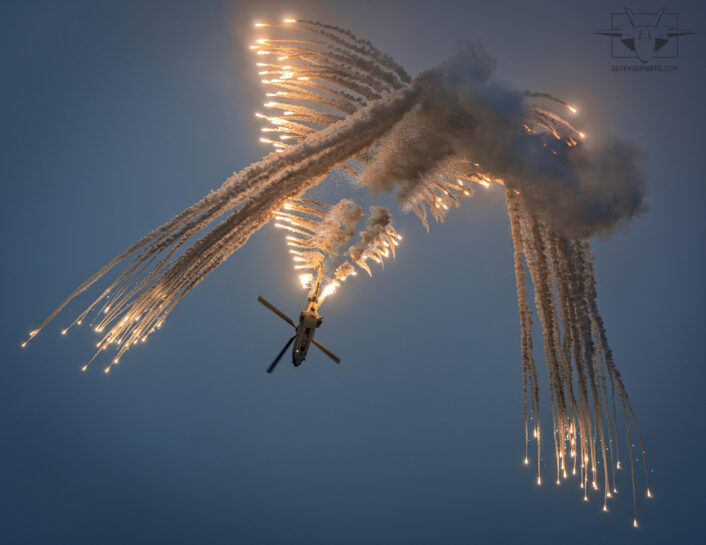
One last note: to enter the showgrounds one had to present a valid COVID-19 vaccination certificate. This seems to have become a common part of our current reality, nonetheless, the show was as normal as it could have been.
More images by the author can be found here.

